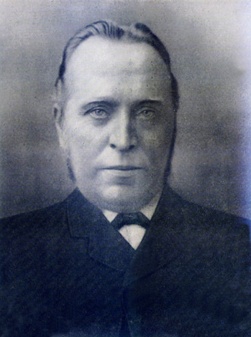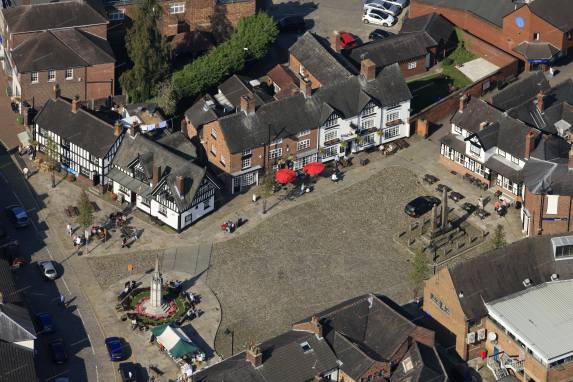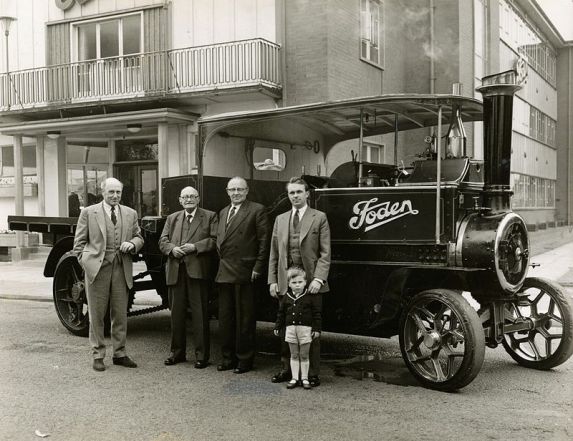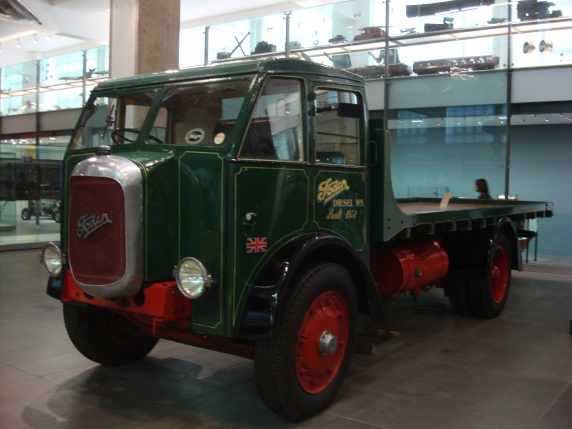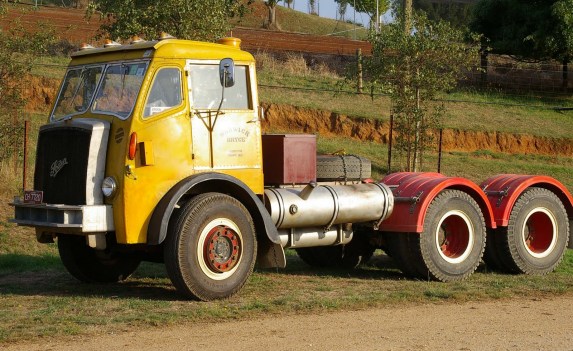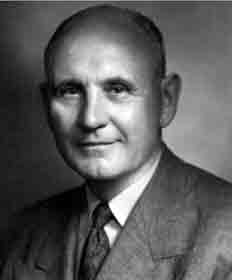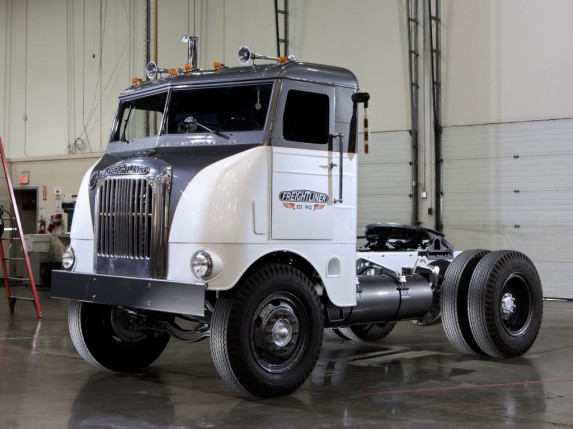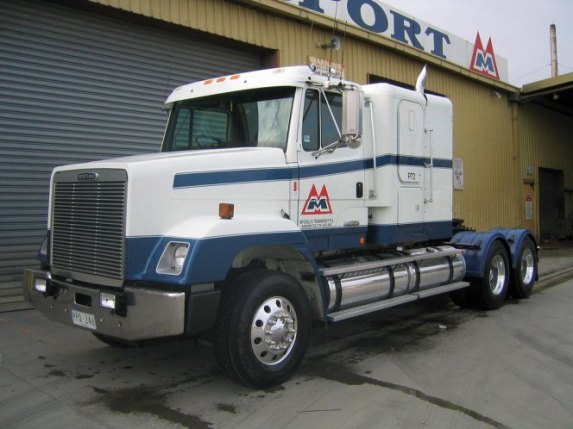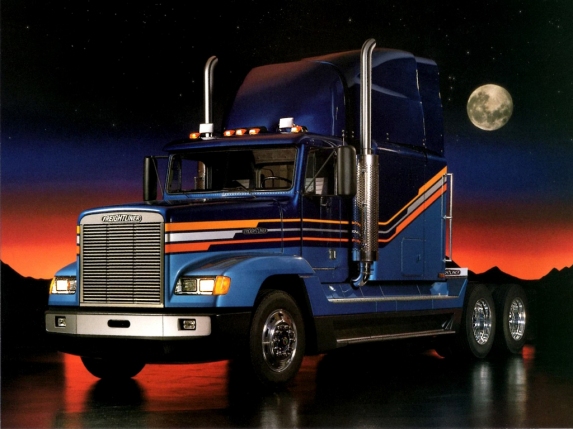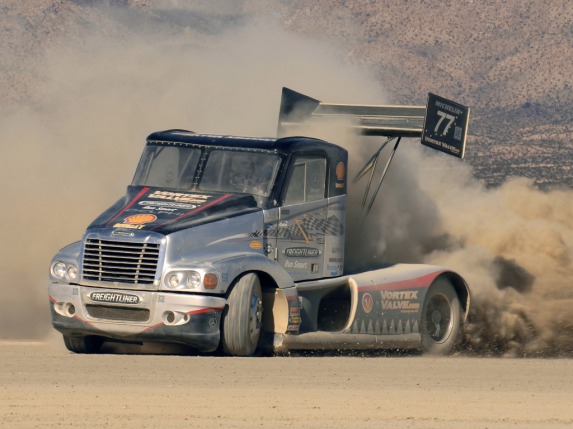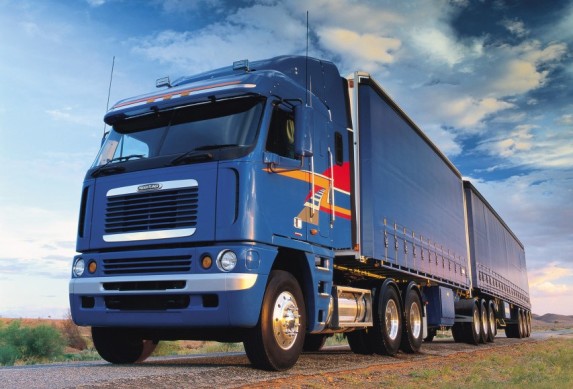
Founded by brothers Jack and Augustus Mack in 1900 as Mack Brothers Company, Mack has become an industry leader, producing some of the world’s toughest, durable, reliable, well-made trucks. Mack first earned their reputation for building tough and durable trucks when during the First World War, the company supplied the British Army on the front lines with the AC Model, to which the British Army nicknamed the ‘Bulldog Mack’ for its tapered bonnet, durability, toughness, and capability of working in rough environments, not to mention the bulldog being a symbol of Great Britain at the time. So thus, the bulldog became the main adornment on Mack Trucks that would follow on for many decades right up to the present day. Although now owned by Swedish giant Volvo AB, Mack continues to live up to its reputation.
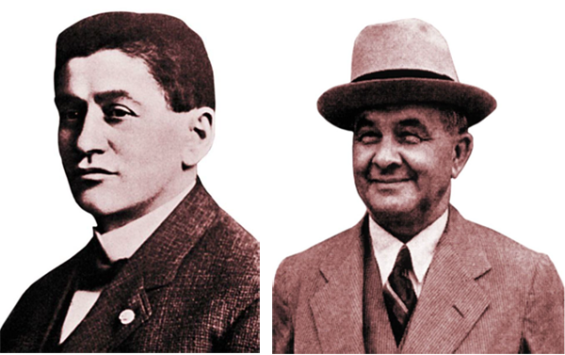
Jack and Augustus Mack, the company’s founders.

Brooklyn, New York. Where the company was founded in 1900.

Allentown, Pennsylvania. Where Mack’s headquarters were located between 1905 and 2009.

Greensboro, North Carolina. Where Mack’s headquarters are currently located.

Mack’s first high volume offering was the AB Model, introduced in 1914.
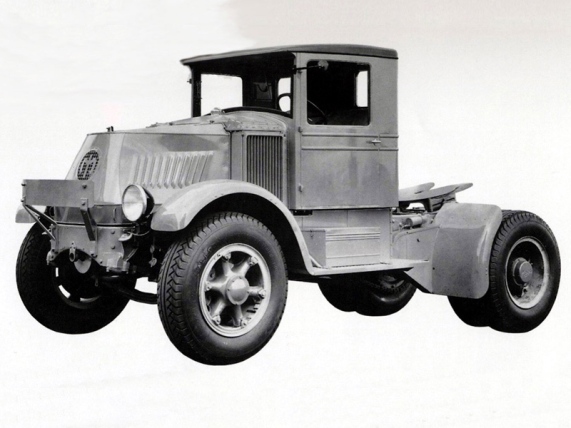
Launched in 1916, the chain-driven AC Model was the truck that established Mack’s reputation. 40,000 AC Models were built during its lifespan, of which 6,000 were supplied to the American and British armies during the First World War. Note the tapered bonnet, of which earned it the nickname ‘Bulldog Mack’ by the British Army, not to mention its tough, durable chassis and reliability, of which made the AC capable of working in difficult environments. AC Model Macks were also involved during the construction of Boulder Dam.
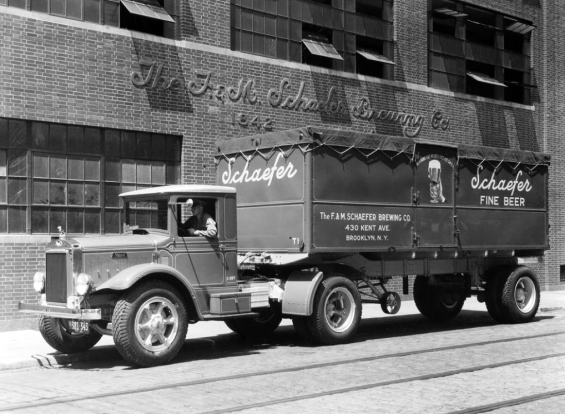
Although not as famous as the AC Model, the Early B Series models were Mack’s first response to the large capacity market. Over 15,000 were produced between 1927 and 1941.
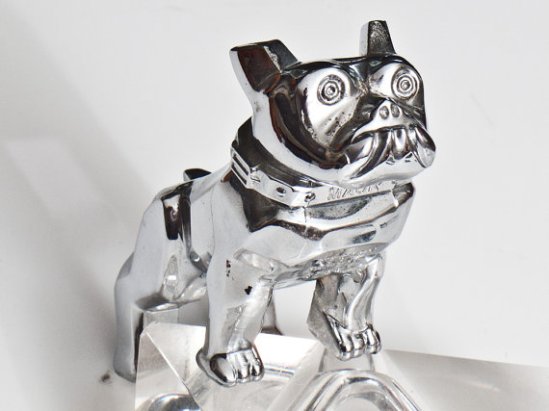
First carved by Mack’s chief engineer Alfred Fellows Masury in 1932, the bulldog would go on to become the prime adornment that would be featured on Mack trucks from 1932 right up to the present day.
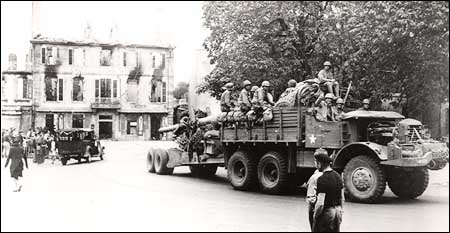
Mack played a key role to help the war effort during the Second World War, producing heavy-duty models for the Allied countries.
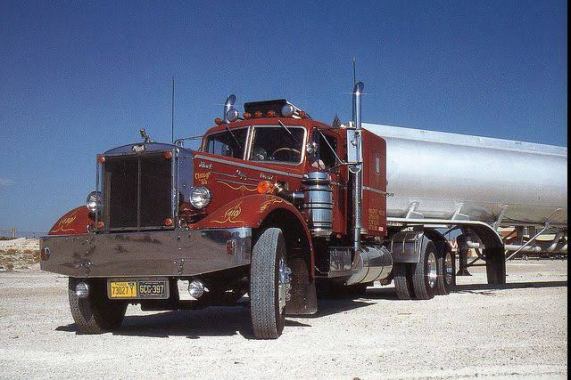
Introduced in 1947, the LT conventional lineup of trucks was one of Mack’s first post-war offerings and was aimed at buyers on the West Coast of the United States.
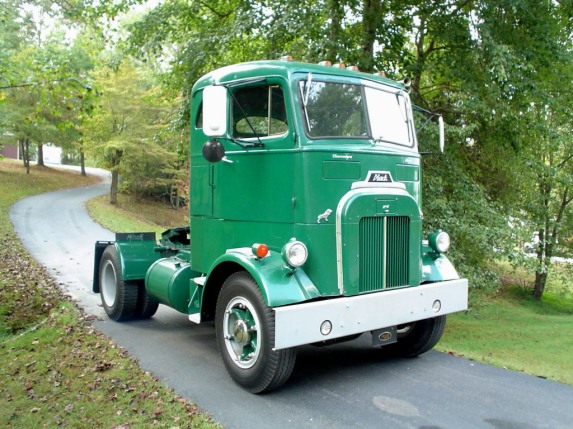
Launched in 1952 and one of Mack’s first contributions to the cab-over market, the H-Series was also dubbed ‘Cherrypicker’ in reference to its tall cab.

Launched in 1953, the B Model would undoubtedly become one of Mack’s most famous, successful and popular models, with its stylish proportions and advanced Thermodyne inline six, an engine featuring open chambers and direct injection, making it not only very efficient, but also powerful in terms of diesel performance. Because of its massive popularity, over 127,786 B Models were built during its 13 year span between 1953 and 1966, and many are still being used today.

Introduced in 1962, the F Model was Mack’s third generation cabover model range.
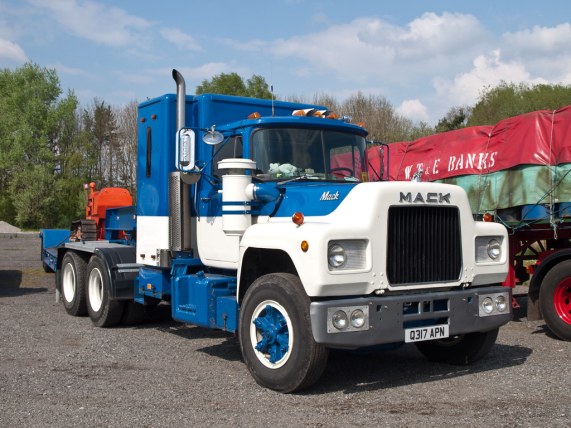
The company’s replacement for the ever so popular B Model, the R Series, making its debut in 1966, became one of the industry’s most popular heavy-duty Class 8 trucks. 1966 also saw the release of Mack’s revolutionary Maxidyne inline six diesel engine.

Released in 1975, the Cruise-Liner was Mack’s fourth generation of cabover trucks. This example here is an Australasian-spec Cruise-Liner fitted with square headlights to comply with local law.
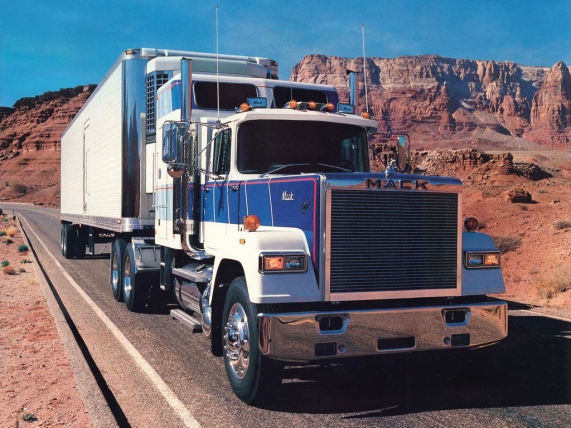
Launched in 1977, with its boldly designed exterior and heavy hauling capabilities whilst providing the ultimate in luxury conveniences for the driver, the iconic Super-Liner further maintained Mack’s reputation for toughness and reliability, and has become a cult classic in the industry ever since. The Super-Liner also earned its claim to fame as the character Mack from the popular Disney-Pixar franchise Cars.
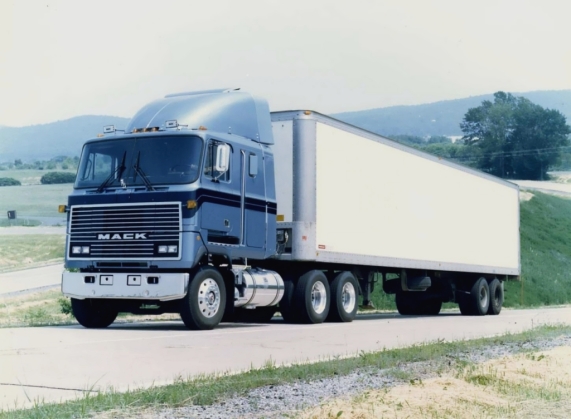
In 1982, Mack launched their fifth generation of cabover models, the MH Ultra-Liner, of which consisted of the trucking industry’s first truly successful all-fibreglass, metal cage-reinforced cab.
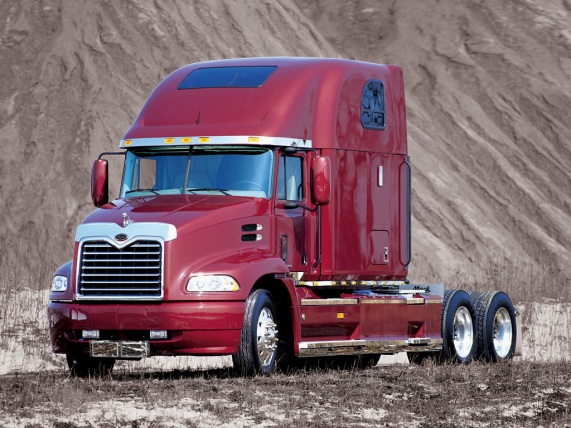
Introduced in 1999 for the 2000 model year, the Vision, a premium highway prime mover, featured sleek, aerodynamic proportions, was very advanced in terms of leading-edge technology, and offered drivers the comfort they wanted whilst hauling big loads.


The Swedish giant Volvo AB took over Mack in 2000 and Mack became a subsidiary of the company.
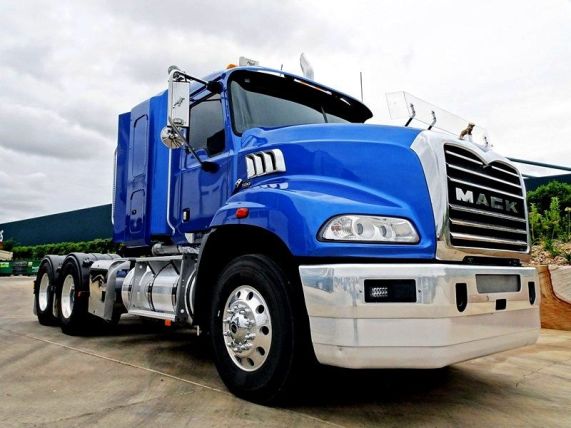
A year after the Volvo takeover, Mack launched their then new Granite class 8 model range, designed as a rigid for local construction, waste removal, and other vocational jobs, as well as including a prime mover body style (as seen here). Still being built in the present day, the Granite is another of Mack’s long running line ups of trucks.
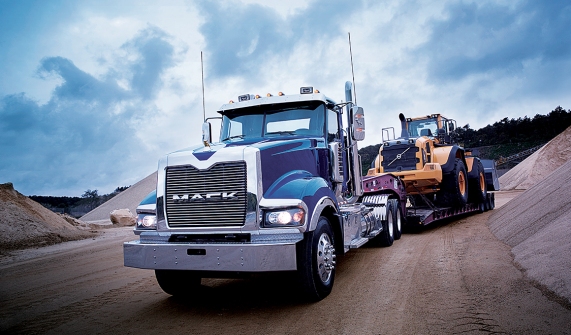
2008 saw the launch of the heavy-duty Titan. Powered by Mack’s largest six-cylinder motor, of which consists of 16 litres, with the 605bhp variant being the most powerful of them all, the mighty Titan did more than keep Mack’s reputation intact. However, production ceased in 2017 despite its popularity.
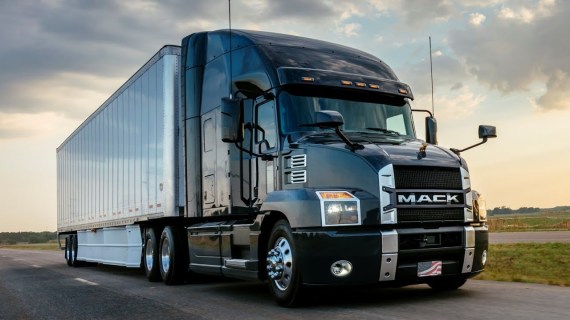
Mack’s latest product, the class 8 highway-going Anthem, features a new aerodynamic design along with a bold image that hugely improves efficiency.
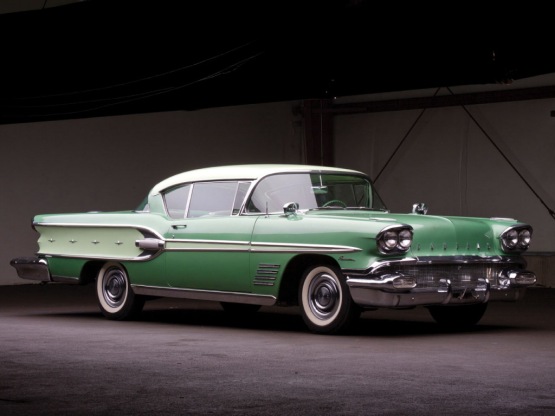
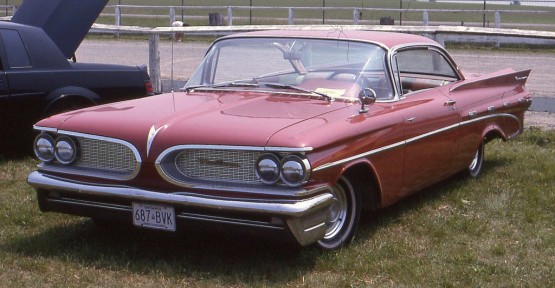


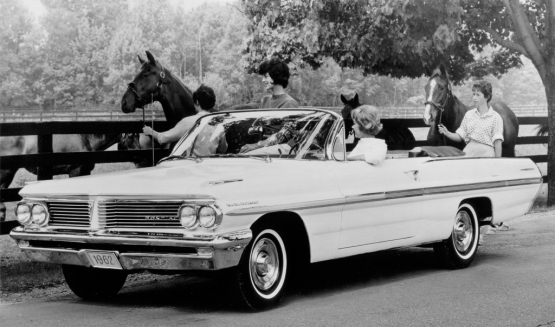

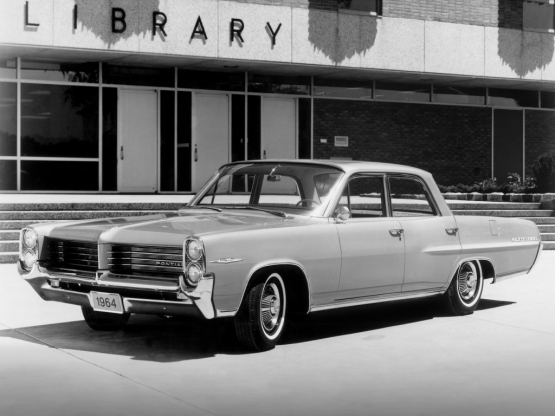
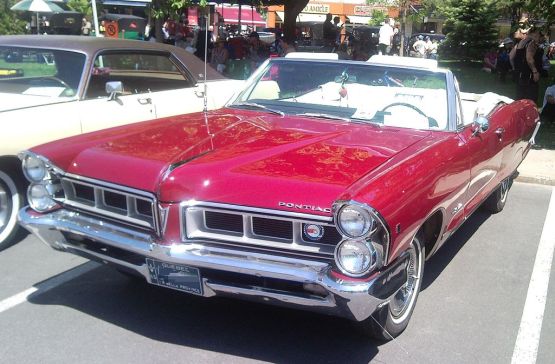
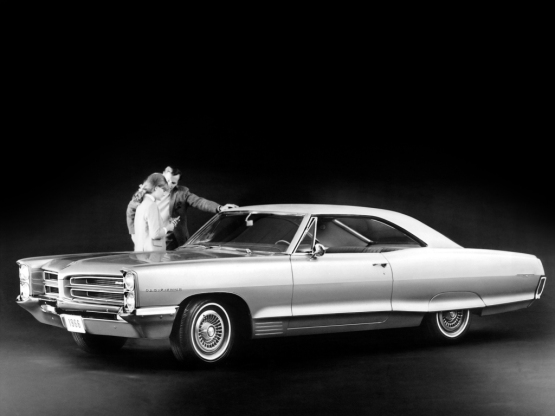
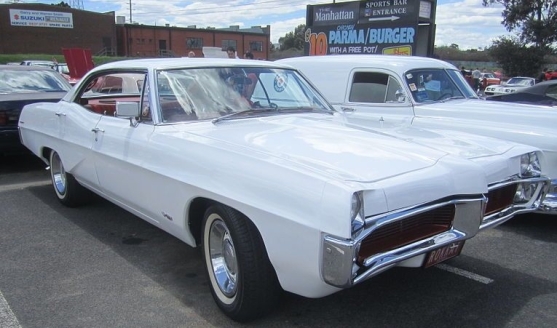






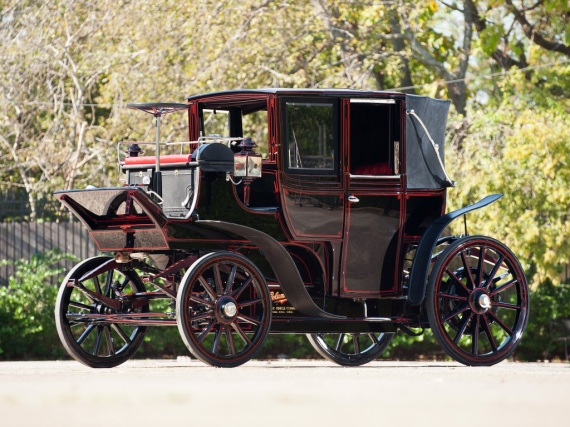


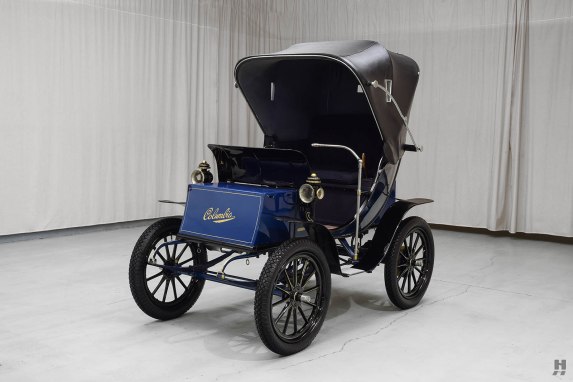

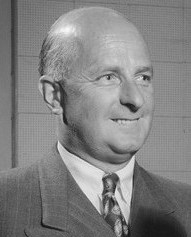
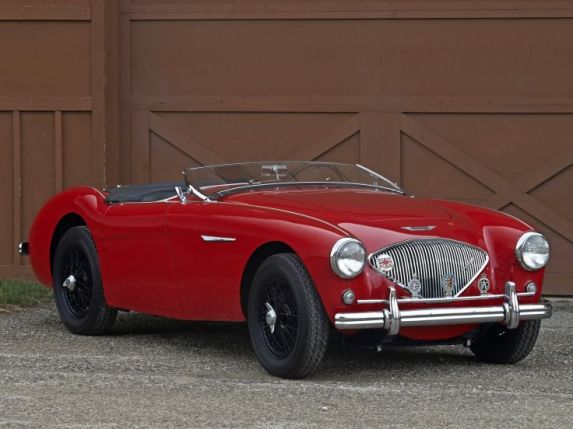
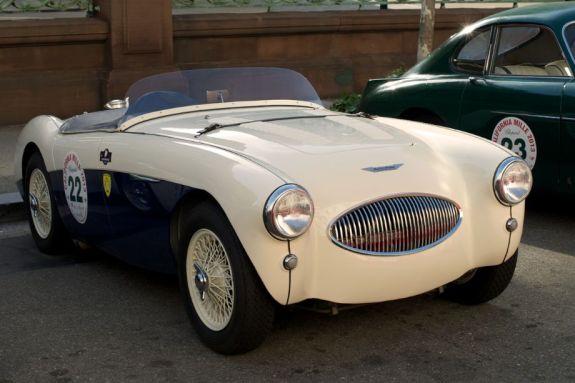
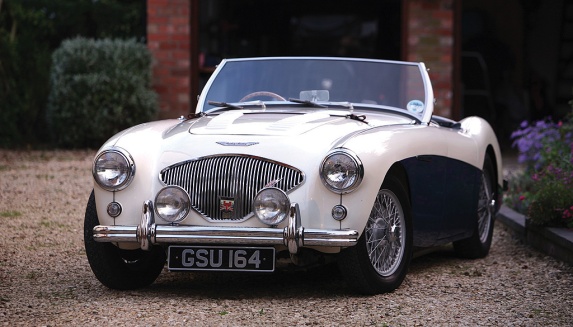

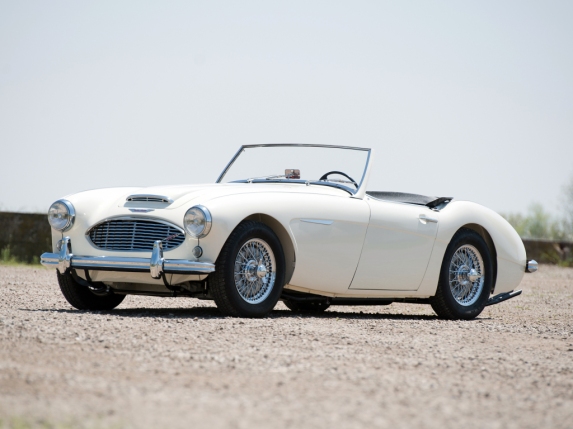
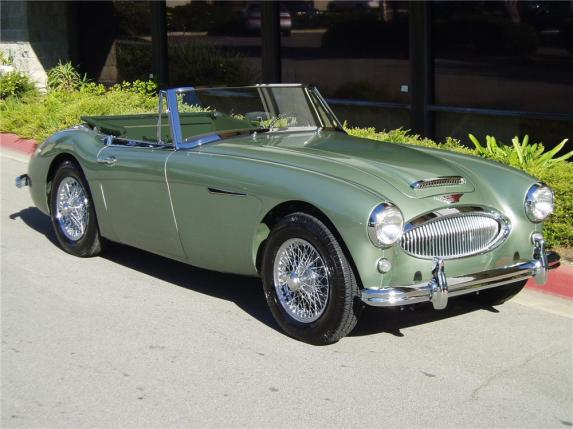
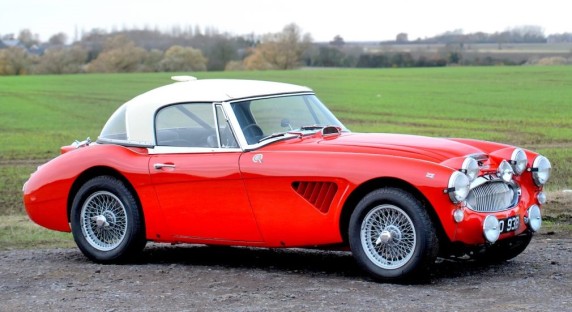
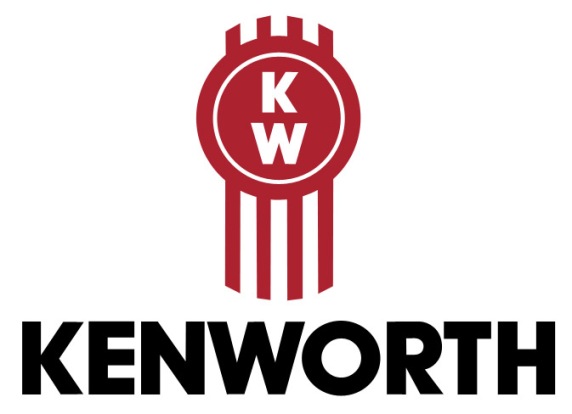

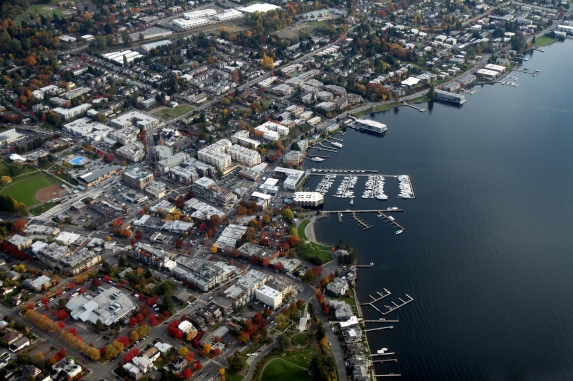


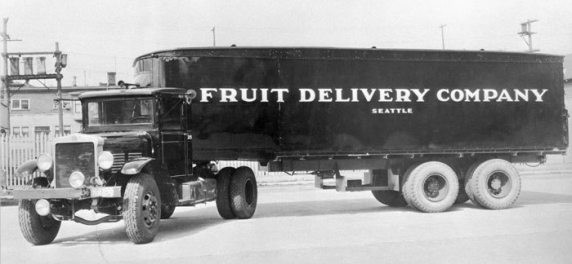



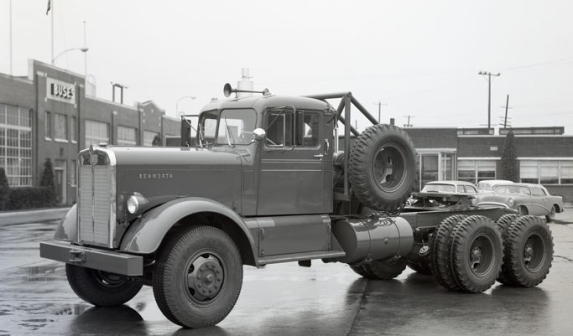
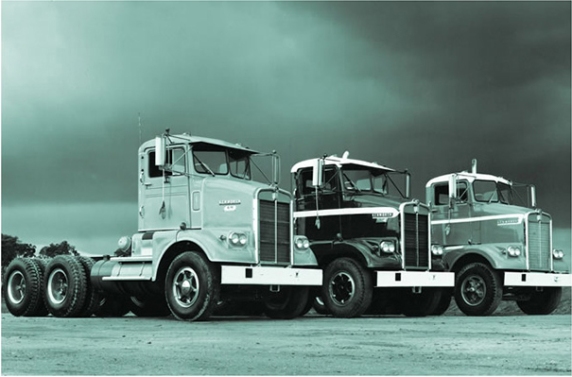

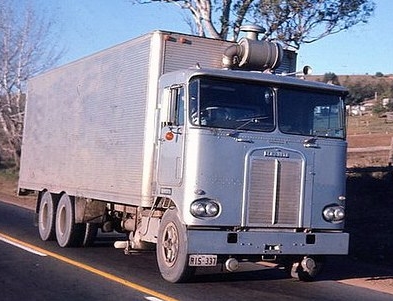
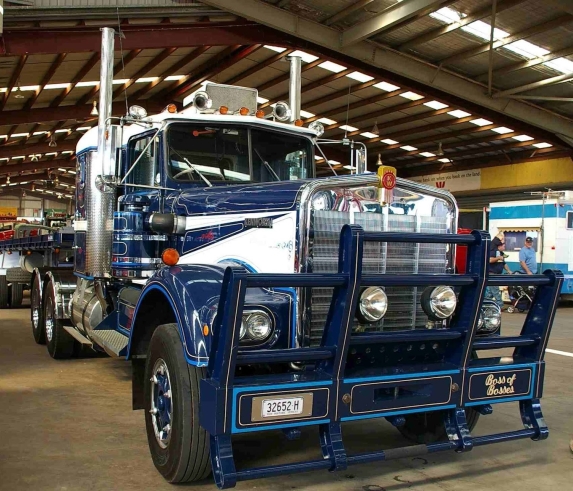
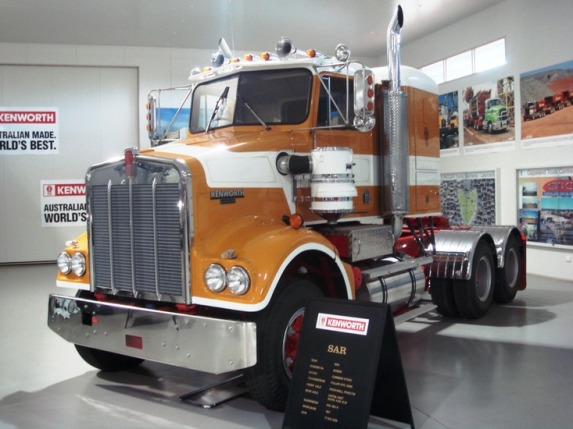
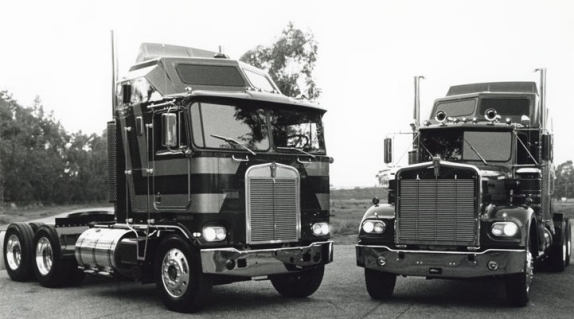
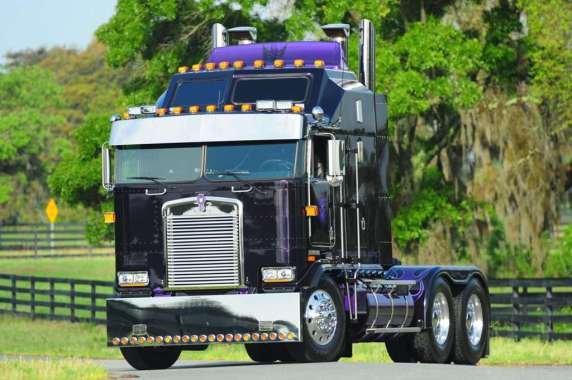
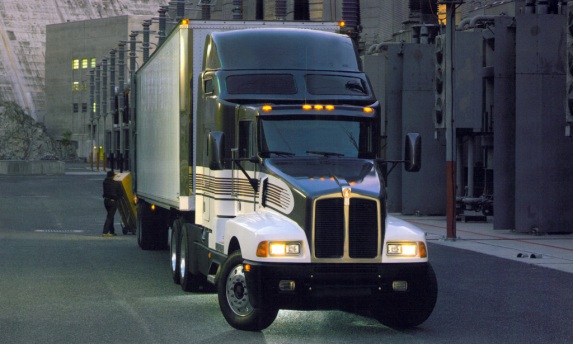

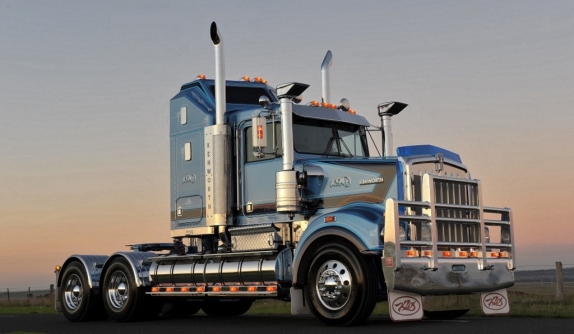
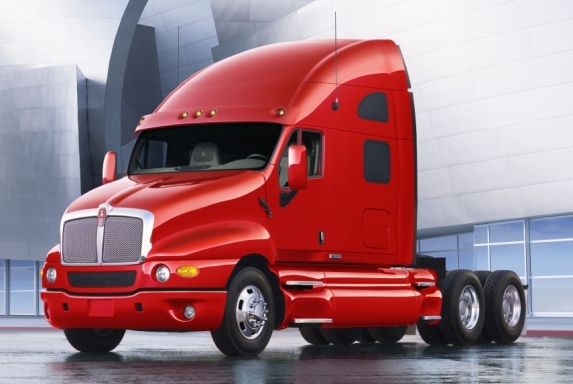
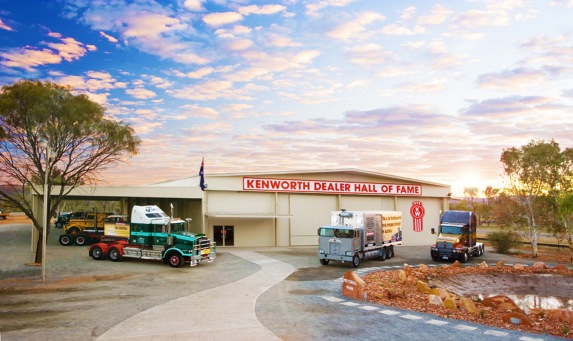

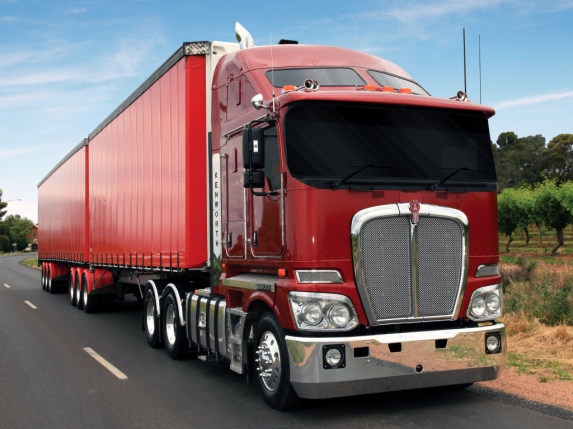
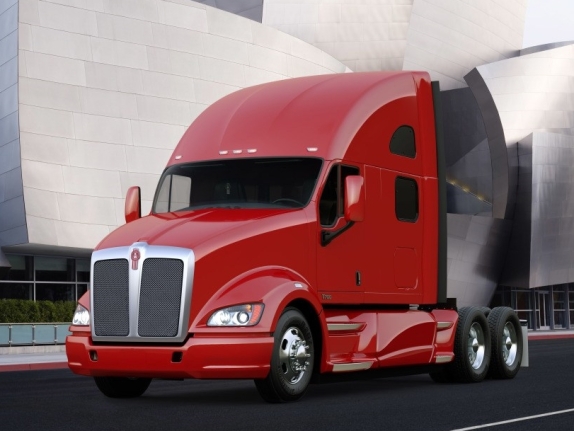
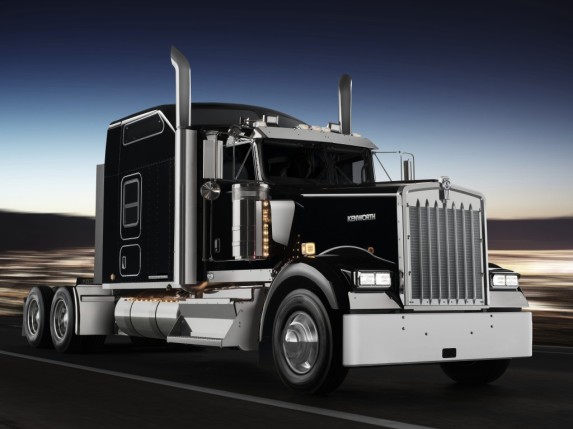


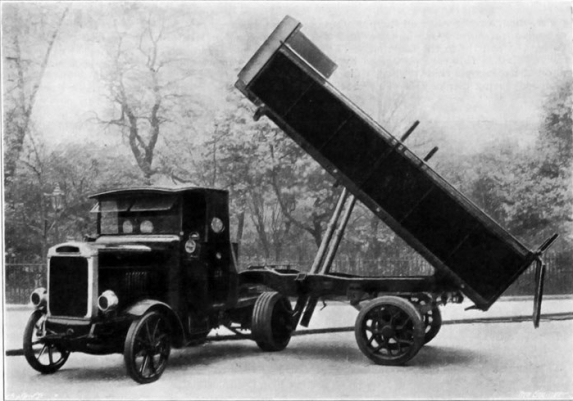
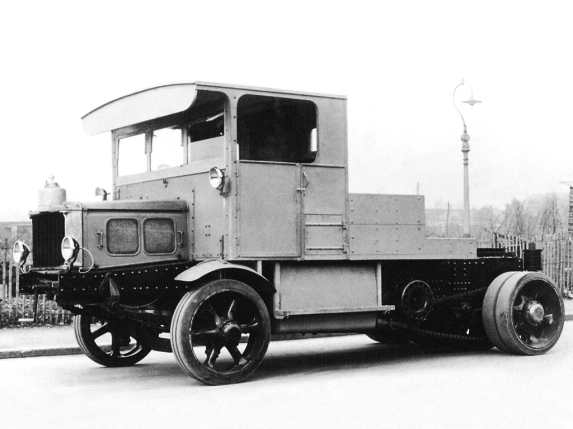
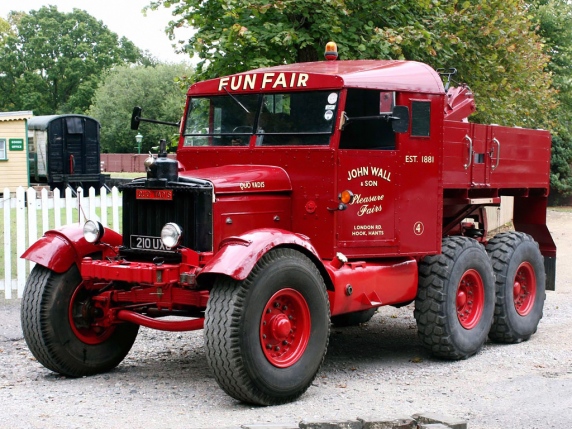

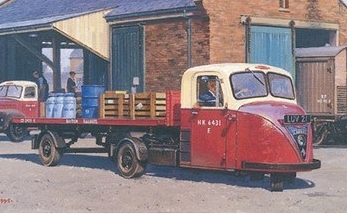

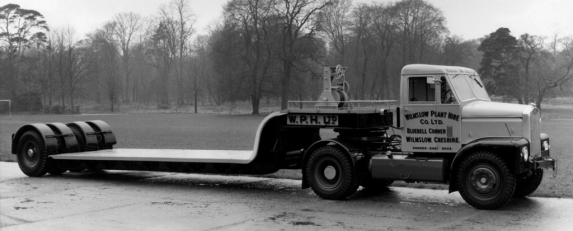

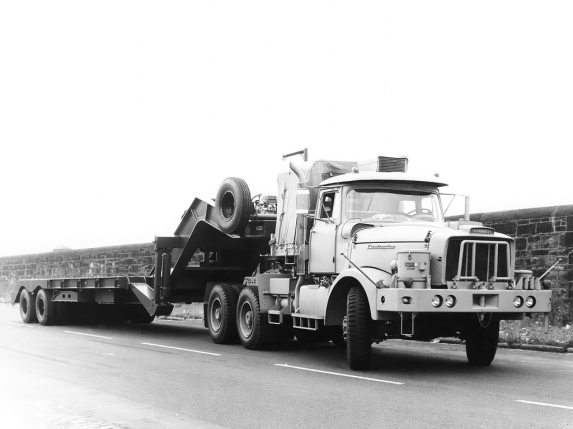
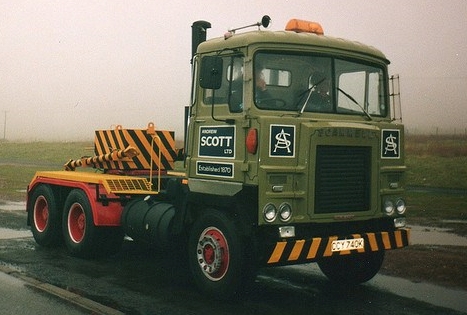
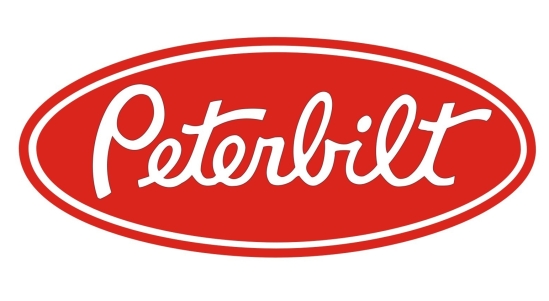

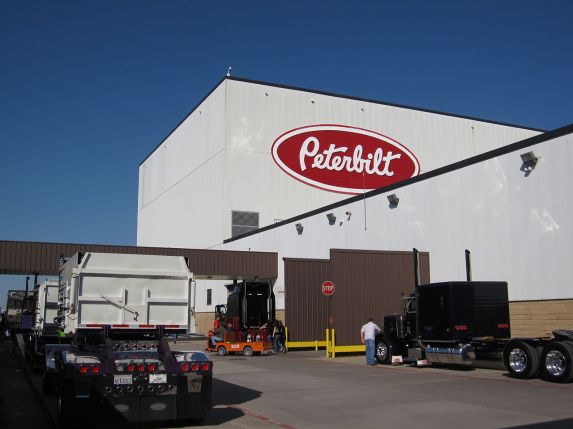

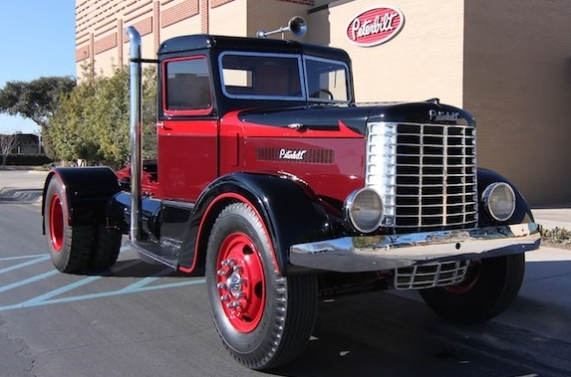
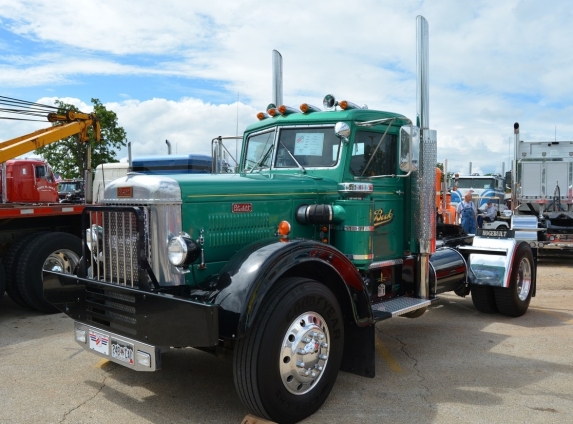
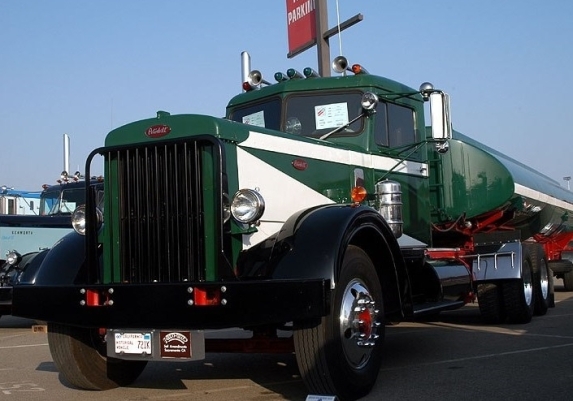
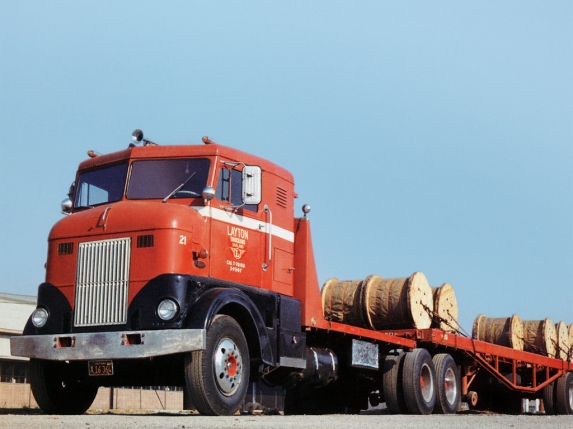



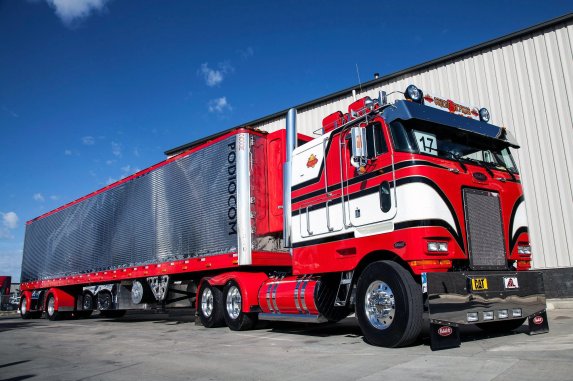
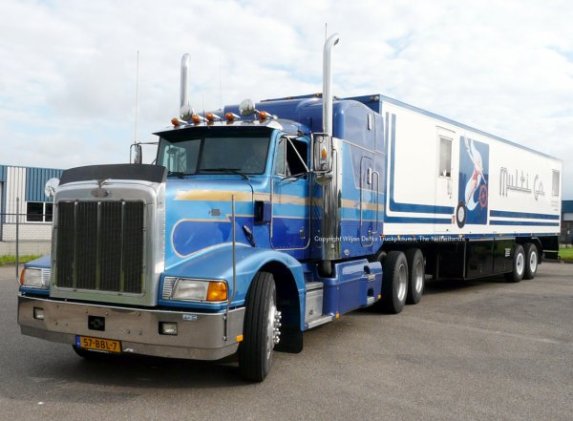
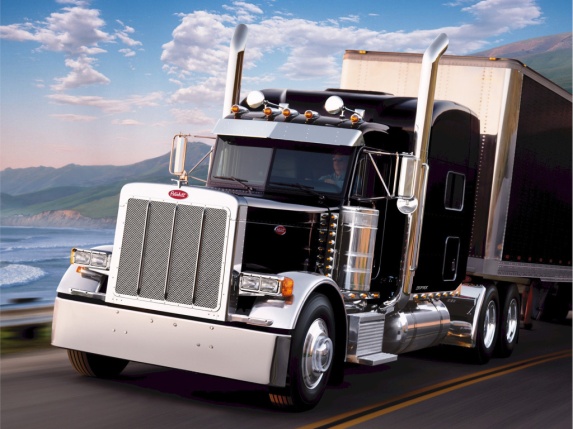

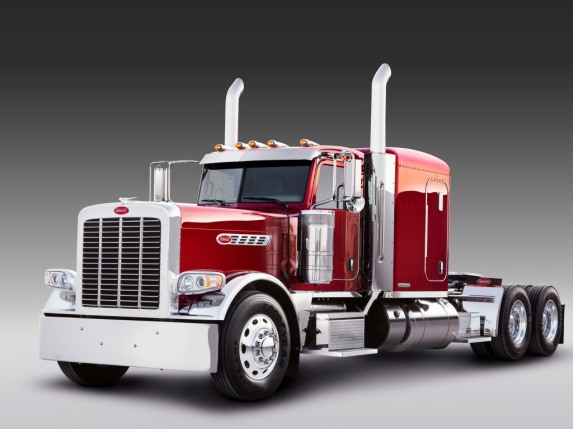

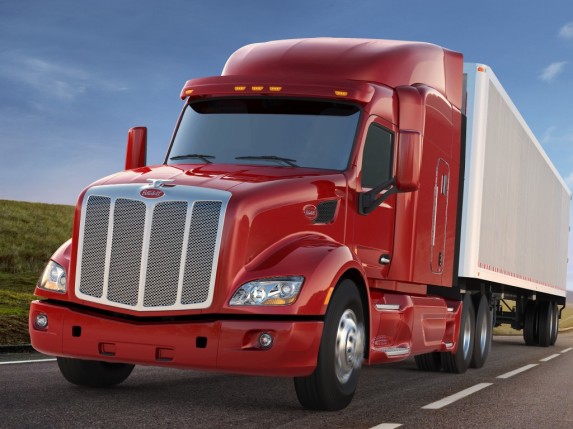
























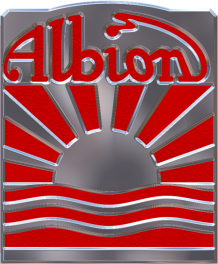
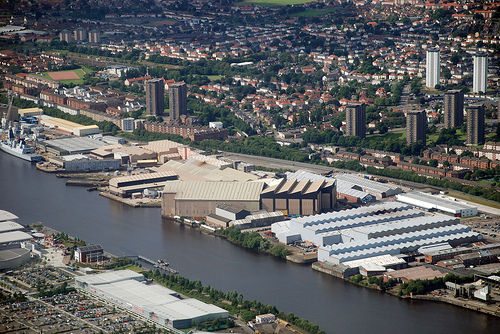

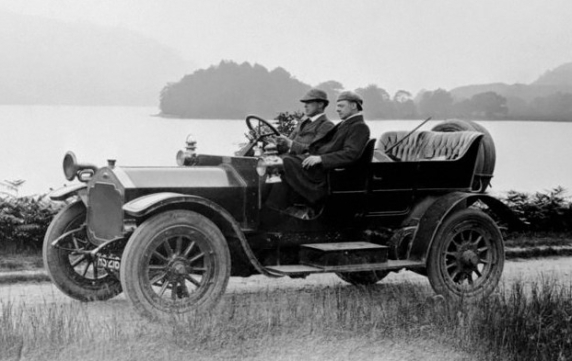
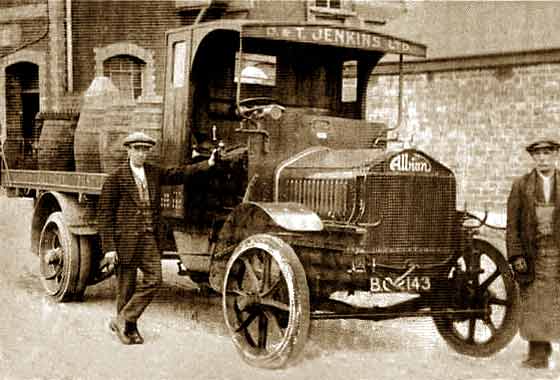
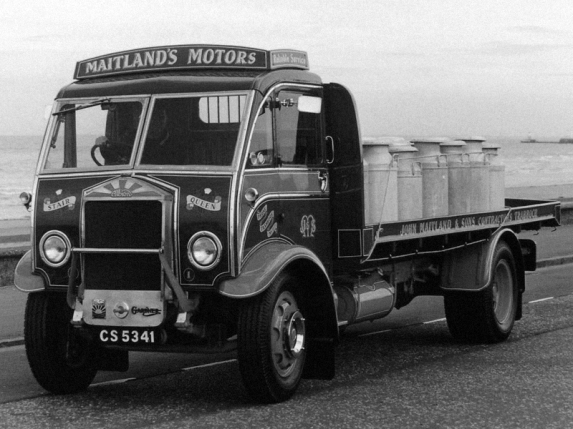
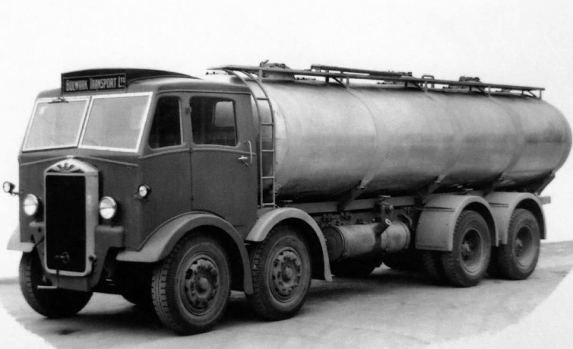


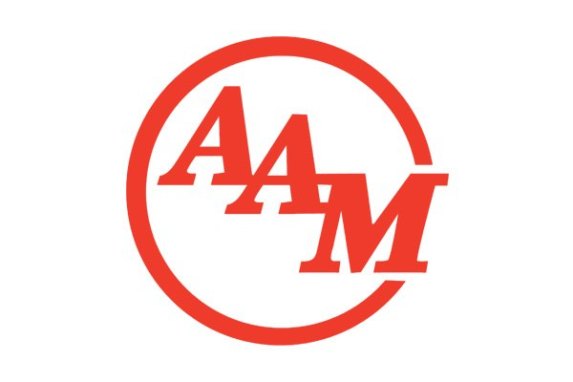
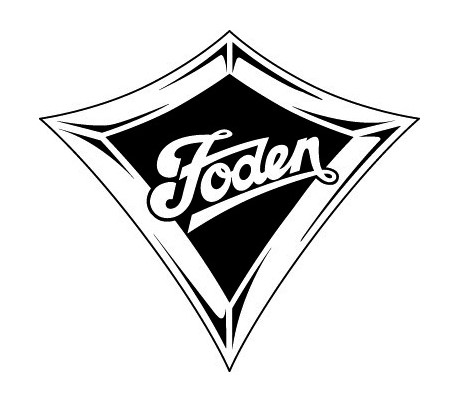 Originally founded in 1856 by one Edwin Foden, the company first had a reputation in the 19th and early 20th century for building steam wagons, traction engines, and other types of agricultural machinery, some of which were the finest in the industry. But in the early 1930s, Foden moved on to diesel power and since then has become one of the UK’s top notch manufacturers of diesel-powered commercial vehicles. Unfortunately, however, the company disappeared into the pages of history in 2006 after 150 years in existence, making Foden one of the oldest names in the industry.
Originally founded in 1856 by one Edwin Foden, the company first had a reputation in the 19th and early 20th century for building steam wagons, traction engines, and other types of agricultural machinery, some of which were the finest in the industry. But in the early 1930s, Foden moved on to diesel power and since then has become one of the UK’s top notch manufacturers of diesel-powered commercial vehicles. Unfortunately, however, the company disappeared into the pages of history in 2006 after 150 years in existence, making Foden one of the oldest names in the industry.